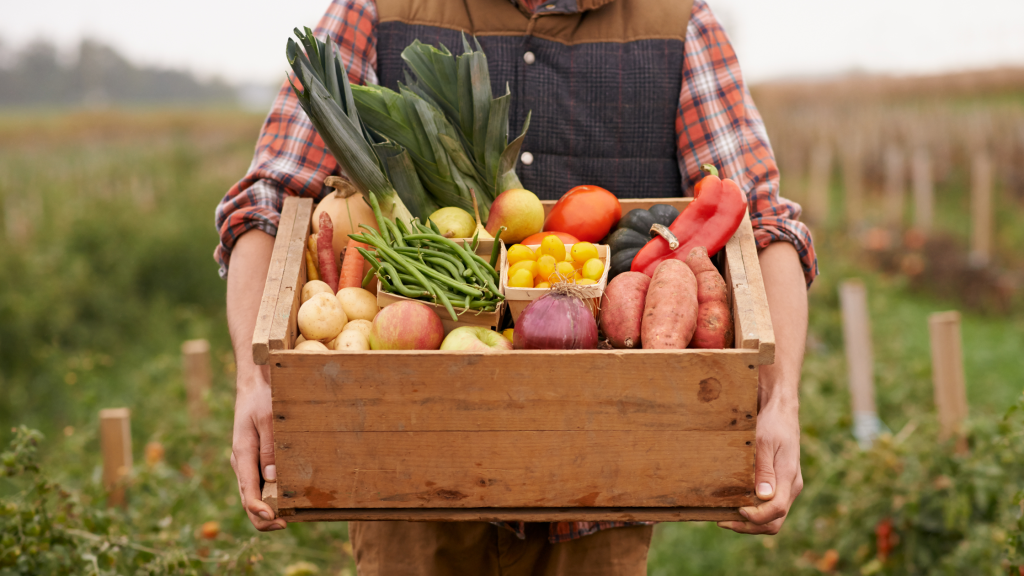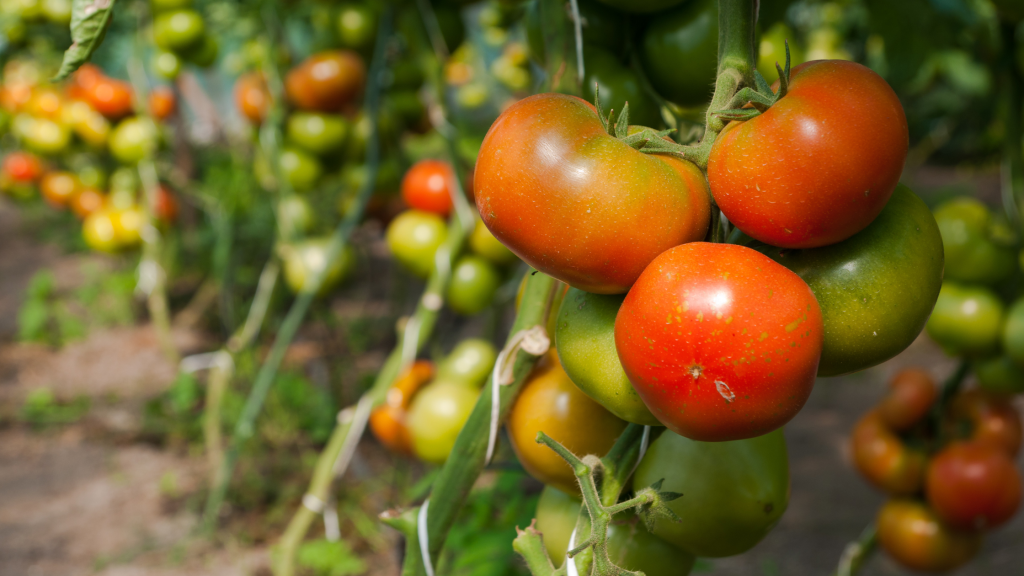How modern dehydration brings the farm to your table year-round
If you’ve ever wished for summer’s strawberries or autumn’s crisp apples outside their fleeting harvest window, you’re not alone. The desire for locally sourced, minimally processed fruits and vegetables throughout the year is fueling rapid change in the way food is preserved, processed, and brought to your table. Let’s explore how modern drying technology, specifically vacuum microwave dehydration, is helping small farms, processors, and brands capture the best of every season, transforming regional harvests into high-value, premium products enjoyed year-round.

The rise of local and hyper-local foods
Where your food comes from matters. Mintel data reports that nearly half of consumers consider location of origin a key factor in their buying decisions, with many willing to pay more for foods grown close to home. As supply chains shift and communities aim to reduce food miles, demand is strengthening for food innovation that preserves regional flavors and supports local economies.
Retailers, chefs, and at-home cooks alike are now searching label claims for “locally sourced,” “seasonal,” and “farm direct.” The benefits are clear:
- Fresher flavors
- Reduced environmental footprint
- Stronger farm communities
- Greater transparency
But fresh produce, for all its benefits, remains highly perishable, making shelf-life extension techniques not only helpful, but essential for access and sustainability.
Preserving the seasonal bounty
Bumper crop surpluses and peak harvests can easily overwhelm storage, leaving farms and processors with more fresh goods than they can rapidly move. Traditionally, this meant freezing, bottling, or using commercial freeze drying. All effective, but often at the cost of texture, energy use, scalability, or accessibility for small and mid-sized producers.
Dehydration has always offered a path to capturing summer, fall, and spring flavors for months to come. But older drying methods, such as air drying or convective ovens, fail to preserve many nutrients, color, and natural taste, while freeze dryers require significant time and energy for commercial-scale use.
Microwave vacuum dehydration offers a solution that bridges these gaps; preserving nutrition, appearance, and taste while improving energy efficiency and speed.
What makes vacuum microwave dehydration different
Vacuum microwave dehydration combines the rapid, efficient energy transfer of microwaves with the gentle, low-temperature environment of a vacuum. The result is a process that quickly removes moisture from fruits, vegetables, or herbs, without subjecting them to high heat or prolonged exposure to oxygen, two common culprits behind nutrient and color loss.
By operating at lower temperatures and reducing the boiling point of water, this technique retains heat-sensitive nutrients, bright colors, and full-bodied flavors far better than many traditional methods.
Key advantages of vacuum microwave dehydration:
- Faster drying cycles versus freeze drying (reducing processing time by 75-80%)
- Energy savings over both freeze dryers and extended air drying
- Preserves more vitamins, antioxidants, and sensory qualities, including aroma and color
- Lowers microbial and enzymatic activity, significantly extending shelf life without chemical preservatives
- Adaptable to a wide variety of locally grown produce, including delicate berries, leafy greens, herbs, and sturdy root veggies
Commercial machines and small-scale equipment now allow farmers, co-ops, and specialty brands to process seasonal volumes on demand, extending sales windows well beyond the growing season.
Bringing hyper-local food to the center of the plate
Across North America, farm alliances and food producers are tapping into microwave drying equipment to give strawberries, apples, plums, and other short-season favorites a new life long after harvest. Dried fruit snacks, powdered fruit blends, veggie crisps, and savory mixes are a few of the premium products making their way into stores, school cafeterias, and even gourmet kitchens without reliance on additives or imported ingredients.
EnWave’s technology is enabling this shift, supporting brands who want to offer “locally grown,” “clean label,” and “in season all year” on their packaging. Rapid dehydration captures natural sugars and bioactives, resulting in snacks, mixes, and inclusions with authentic color and taste, meeting buyers’ expectations for real food.

Tasting nutrition in every season
Maintaining flavor is one part of the equation. Conservation of nutrients, from vitamin C in berries to phytonutrients in leafy greens or some root crops, means dried foods produced by this method remain nutritionally dense. Research shows that vacuum microwave dehydration preserves most of these sensitive compounds and may actually improve the bioavailability of specific antioxidants and phyto-actives due to the rapid, uniform moisture removal.
For families, schools, and restaurants, this opens up convenient ways to incorporate local produce out of season, whether as dried fruit snacks in lunchboxes, nutritious blends in smoothies, or culinary garnishes that still taste fresh and vibrant months after harvest.
Efficiency, energy savings, and accessibility
Compared with legacy commercial freeze drying or air drying, modern vacuum microwave dryers operate quickly, producing consistent results at lower cost per pound. Farmers and food innovators avoid freezer storage constraints and save on operational energy, reducing both their environmental and financial footprint.
Energy savings and rapid processing allow for a lean workflow, meaning less time between picking and packaging. That supports a resilient, just-in-time system for local goods, insulating communities when global supply chains are stressed and helping reduce food loss at the source.
Why now Is the moment for food innovation
The movement toward honest, regionally sourced, minimally processed foods is accelerating. According to recent Mintel surveys, 40% of diners say they specifically seek regionally grown ingredients when buying or eating out, while a third of all consumers are willing to pay extra for foods with local claims.
This trend is not limited to high-end markets. Provincial programs and direct-to-consumer startups are all leveraging vacuum microwave drying to deliver new, healthy, local snack and meal options, often using “waste” produce that would otherwise be discarded at harvest.
From farm to table, year-round
Whether you’re a regional brand preparing shelf-stable dried fruit snacks, a farm co-op looking to sell peak-season product beyond August, or a retailer catering to conscious consumers, rapid microwave dehydration brings “local” into the everyday shopping cart. It enables true product innovation at every scale.
By combining rapid, energy-efficient processing with superior retention of color, flavor, and nutrients, microwave vacuum dehydration delivers what modern food tech promises: healthier, tastier, more sustainable food all year long.
Sources

